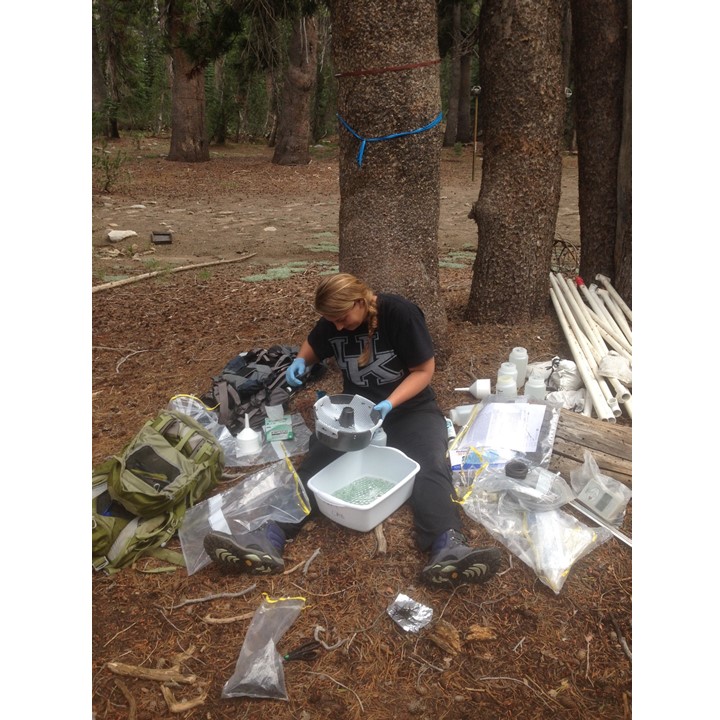CZ Dust
Aolian inputs of nutrients and microbial communities
The Sierra Nevada have some of the most-productive forests in the world, growing the largest species of tree (Giant Sequoia). However, Sierra Nevada soils are underlaid by phosphorus-poor bedrock. Since phosphorus is an important nutrient for plant growth, a critical question is how do these soils then support these important forests. Aolian (i.e., dust) inputs can be very important in supporting forest productivity on nutrient-poor soils. In this project, we set out to measure dust inputs, dust nutrient concentrations, and dust provenance (i.e., where the dust came from). Using stable isotope tracking, we discovered that 20-45% of the dust was Gobi Desert derived, travelling across the Pacific Ocean and settling in the Sierra Nevada mountains. Furthermore, this dust supplied over half the total phosphorus inputs into the ecosystem.
You can find the first paper related to this work here along with this popular science article written about the study. Here’s a follow-up to the original study looking at seasonal differences in dust deposition.

We are continuing our dust measurements to determine the influence of competing regional droughts on the provenance of dust inputs. Additionally, we are interested in dust as a mode of transportation by microorganisms and how this may contribute to the microbial community assembly of forest soils.
